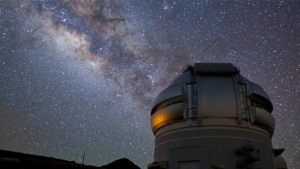

The “Interstellar Crossing” has once again set off people’s infinite curiosity and passionate discussion about the vast universe. Although we still cannot achieve interstellar travel, gazing at the stars can always bring us unlimited fantasy and inspiration.
Here are the 10 best places to observe the starry sky in the world. Let us look at the starry sky and appreciate the beauty of the bright starry sky!
Atacama Desert, Chile
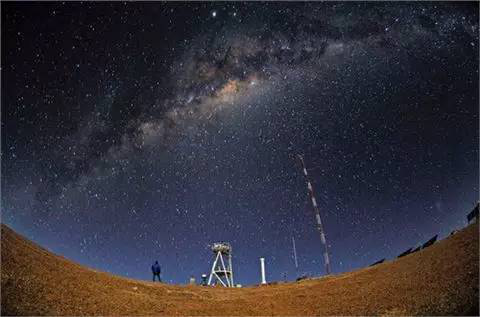
It’s so dry that your bones are going loose,It was too far away to be comfortable,and the high altitude area is easy to numb the mind. The Atacama Desert in northern Chile is a dream location for professional observers.
This desert has excellent conditions for exploring the astronomical highlights in the southern hemisphere sky. The newly put into use ALMA telescope is located at 16,404 meters above sea level, and can observe unprecedented scenes in the universe-the birth of stars, the early stages of galaxies and the planets surrounding the sun.
Alqueva, Portugal
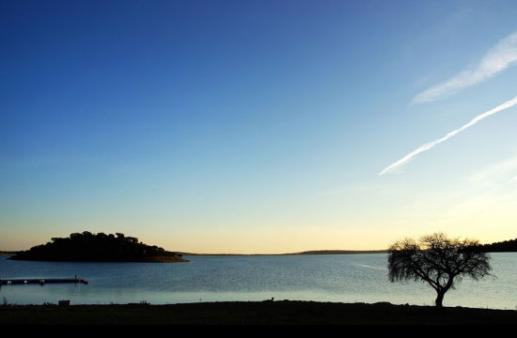
In the populous continent of Europe, Alqueva, located in the province of Alentejo in southern Portugal, can become a rare treasure. Alqueva has an excellent atmosphere-minimal light pollution, clear sky-which is very conducive to exploring the mysteries of the night sky.
Place the telescope in the best position along the path, with the guidance of experts, experienced observers can observe deep sky celestial bodies and have a panoramic view of the Milky Way, nebulae, and star clusters.
Uluru, Australia
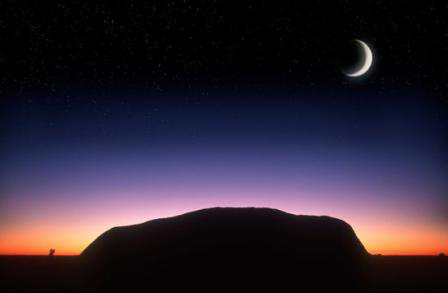
The sacred landmark of Australia, Uluru, also known as Ayers Mountain, is famous for changing colors in one day. At sunset, as the southern hemisphere night sky unfolds in the ochre sand, this huge sandstone formation begins to appear red, providing a dramatic ending to the end of the day.
In the evening open-air dinner, you can watch the stars on the clear night sky in the silence of Ayers Mountain.
Namib Desert
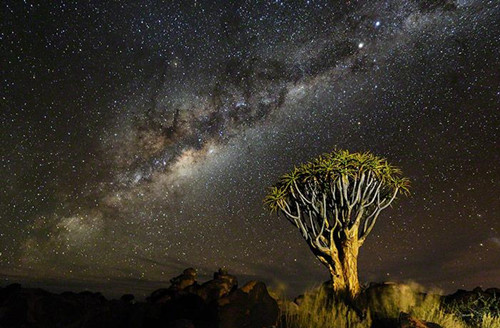
At a distance of 90 meters from the nearest town in the wonder of the Namib Desert, absolute silence rules the first black sky reserve (IDSR) in Africa. Winter (April to September) has the clearest sky.
The night is sinking at 6 o’clock in the evening, showing the wonderful performance brought by star clusters and galaxies, and the Southern Cross and Centaurus are also very clear. The highlight of summer is the sight of Tucana, a nebula of billions of years old with millions of stars.
Stonehenge
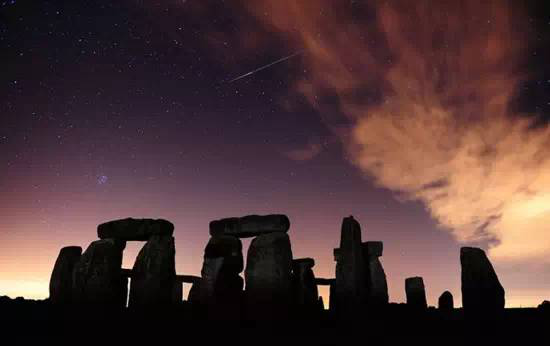
Stonehenge in Britain deserves to be the largest and most primitive stargazing spot. Stonehenge is located in Salisbury Plain, Wiltshire, England.
These magnificent buildings were built more than four thousand years ago, and it still stands there today. As there is no interference from lights around, it is very suitable for stargazing.
Jasper National Park, Canada
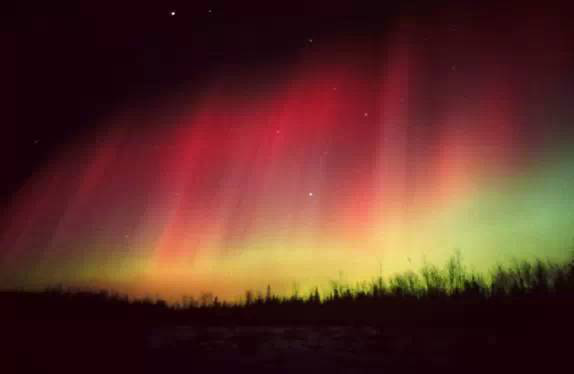
Jasper National Park, located in southwestern Canada, is the largest deep blue sky reserve in the world, and a pure place with no light pollution.
There are crisscross mountain roads, rugged and secluded paths, which can take us through the complex mountainous terrain. However, due to the long daylight hours in spring and summer, the best time to visit this place should be between November and March of the following year.
During this period to play, you will have the opportunity to see the magical northern lights.
Pisac, Peru
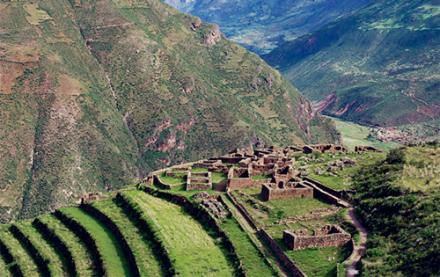
For the Incas, looking into the sky is more than just astrology and romantic sights. On the contrary, the sky still shows the way in the sky. The priests may use this celestial light to draw a road map for land worship.
Island of Hawaii
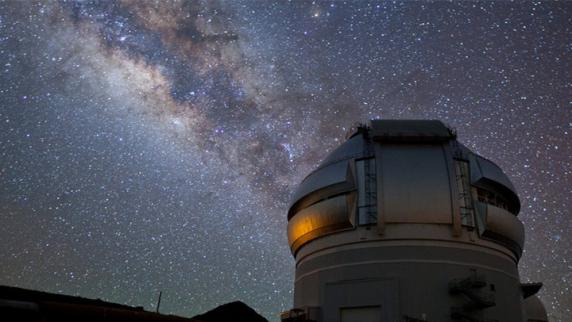
Mauna Kea Observatories is located on the summit of Mauna Kea on the Big Island of the Hawaiian Islands in the United States.
It is 4200 meters above sea level and is the highest observatory in the world. Mauna Kea is a small volcanic island, the average number of sunny nights can reach more than 280 days.
It is very suitable as a research base for astronomy. Mauna Kea Observatory is far away from atmospheric disturbances and is the best astronomical observation site in the world. Therefore, Mauna Kea became an excellent example of the International Observatory in the 1980s.
Singita Grumetti Reserve, Tanzania
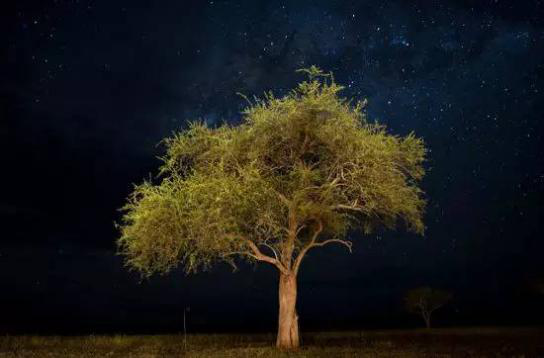
The undeveloped Singita Grumetti Reserve in northern Tanzania is home to natural wildlife, including zebras, duikers, elephants, lions and cheetahs.
Here, Swarovski detector and knowledgeable guides can help you capture the Magellanic Cloud that can only be seen in the Southern Hemisphere.
Canary Islands, Spain
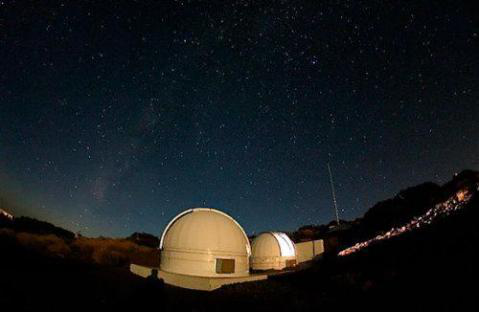
The Canary Islands are located in the Atlantic Ocean, with the southern tip close to North Africa. They are composed of 13 volcanic islands formed by the eruption of a large volcano. The largest telescope in the world, the Grand Canary Telescope, is located on La Palma in the Canary Islands.
Comments